Annapurna region, one of the most popular and the most diverse trekking destinations in Nepal. It is situated in the center of the Nepalese Himalaya, and occupies about 80km of land between the Marsayangdi River in the east and the Kali Gandaki River in the west. This protected region covers an area of 7,629 sq. km, rich in biodiversity and is home to 1,226 species of flowering plants, 102 mammals, 474 birds, 39 reptiles and 22 amphibians. It is a home to many of the popular treks in Nepal that includes full three weeks Annapurna round trek, Annapurna base camp, Ghorepani Poonhill, Jomsom Muktinath trek, short and easy treks like Royal trek, Australian camp trek. Annapurna region offers treks suitable for everyone. There are both long and short trekking packages available, depending on your available time, physical fitness and interests.
Annapurna region is easily accessible from Kathmandu, Chitwan, and other tourist places, there are plentiful places to stay and eat during the trek, all the treks in Annapurna region offers beautiful scenery of both high mountains and lowland villages. This is why in every trekking season about two-thirds of the total trekkers in Nepal visit Annapurna region and trek here.
You are spoiled for choice when trekking in Annapurna region: there are so many route options and variations. The Annapurnas rise in the heart of the Himalayas. They may not be the tallest, but they form the central core of the great Himalayas arc, towering in the very middle of the 2550 km/ 1550 mile chain that is the planet’s highest mountain range. And being there, they encapsulate the Himalayas, their ridges and prominences, their slopes and foothills typifying the Himalayan median. The people of the Annapurnas exemplify that median too, they are your average Himalayan native, their Mongoloid features tinged with Indo-Aryan traits, their religion a mix of Buddhism, Hinduism and Animism.
Each of the three mountain ranges boasts an eight-thousander, a peak that is over 8,000m (26246 ft) tall. Dhaulagiri I, at 8167m/ 26794 ft, is the world’s seventh highest summit; Manaslu 8163m/ 26781 ft, the eight highest and Annapurna I 8091m/ 26544 ft, the tenth highest. Apart from its eight-thousander, the Annapurna Snowy range is properly called, counts five other major peaks - Annapurna II, III, IV, South and Gangapurna, all exceeding 7200m/ 23620ft.
While Annapurna II and IV lie far to the east, the other peaks, along with Annapurna I and several lesser crests crown a circle of mountains that forms an amazing Himalayan amphitheatre. Guarded by the great peaks, this vast, frigid basin, reached by a trekking trail and called the Annapurna Sanctuary, it a unique alpine expanse where the proximity of the soaring snowy mountains leaves visitors overwhelmed.
To trek in Annapurna Region, we need to organize Annapurna Conservation Area Project (ACAP) card that cost us rs. 200 for SAARC nationals and for other nationals rs. 3000. With ACAP we also need to organize Trekkers’ Information Management System (TIMS) card that costs NRS. 2000 per person.
It is possible to trek in Annapurna region any time of the year. But the monsoon is not a good time for trekking as there is heavy rainfall during the evening or night and visibility is not so clear too. The walking trail is also slippery during the monsoon.
The autumn season (September to Noember) is the best time for trekking in Annapurna Region as it is a dry season, good visibility so we can experience the beautiful mountain views and enjoy the moderate temperature. The only thing is it will be very crowded during that time as Autumn is the best time for trekking in Nepal.
If you like trek when it is less busier, plan your trek for the month of December. It is a winter season so it will be cold in the morning and evening but we can experience the best view of those beautiful mountain during that period.
If you are thinking about trekking in lower elevation, you can trek in January too but trek to Annapurna Base Camp, Annapurna Circuit is not suggested as those treks are not safe during that period because of the possible avalanche.
The period between March to May (Spring season) is another best season for trekking in Annapurna region. In spring, the trail will bloom with red and white rhododendrons and many other exotic flowers found in this region, a good time to go for botanists.



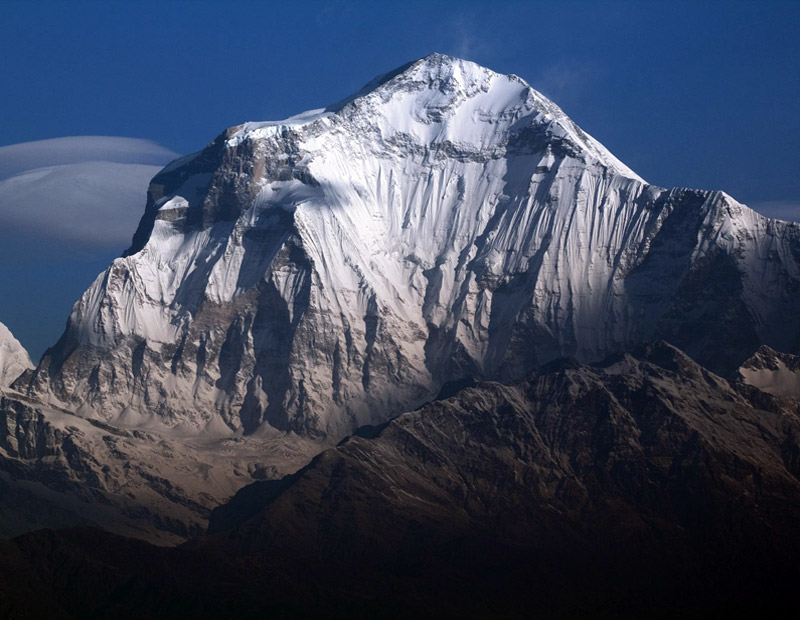


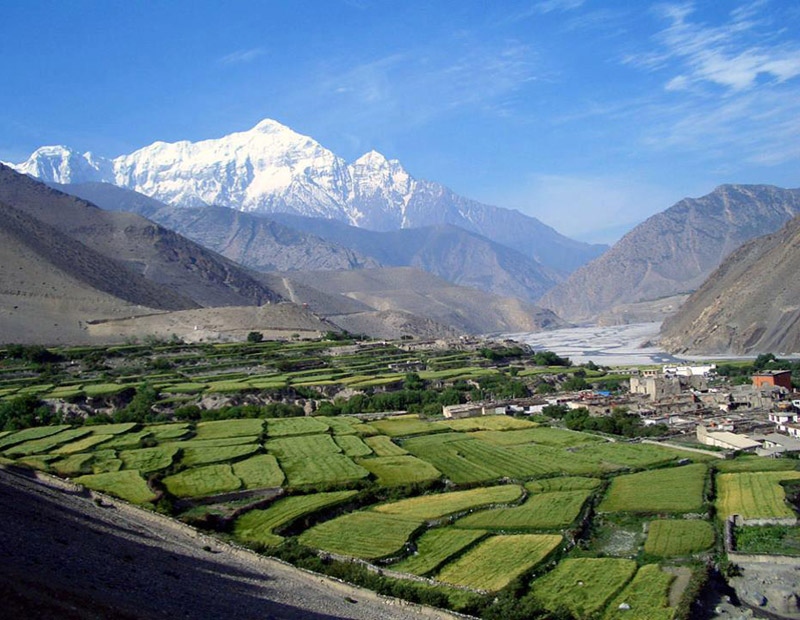
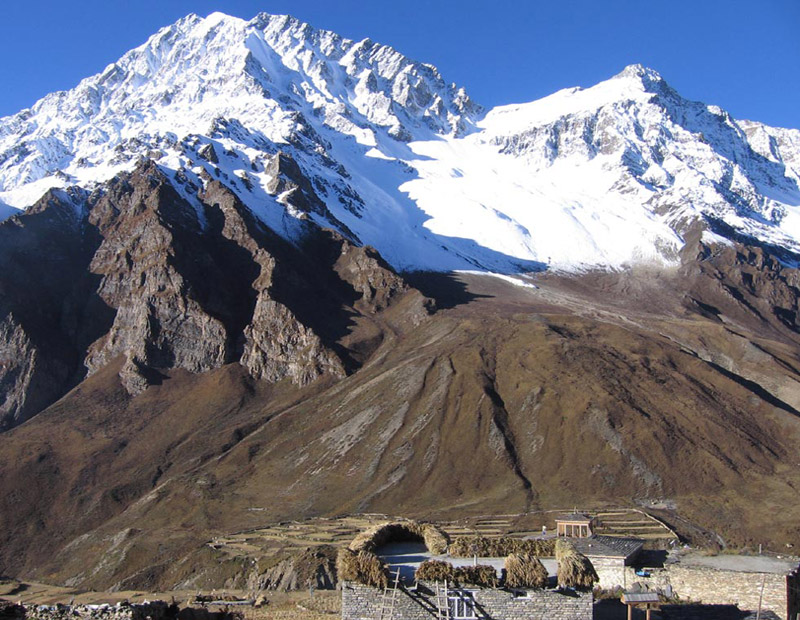

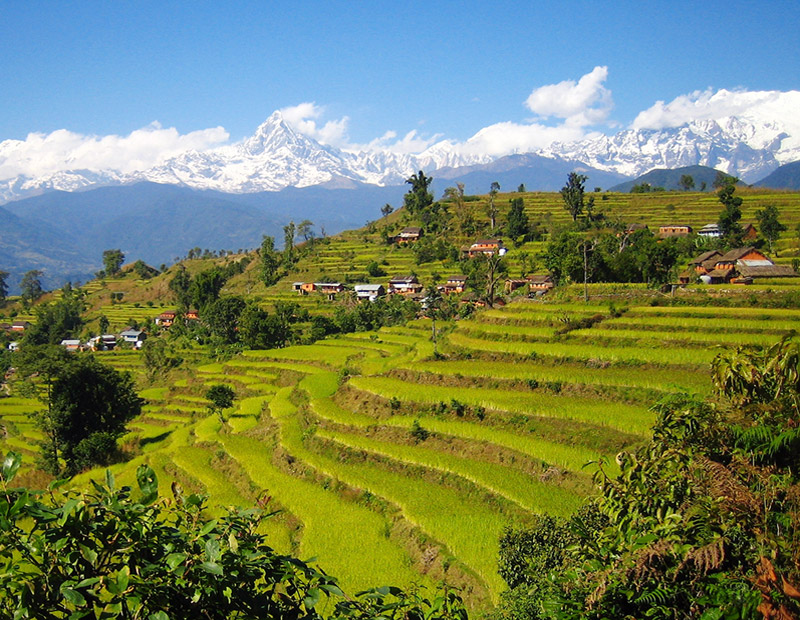
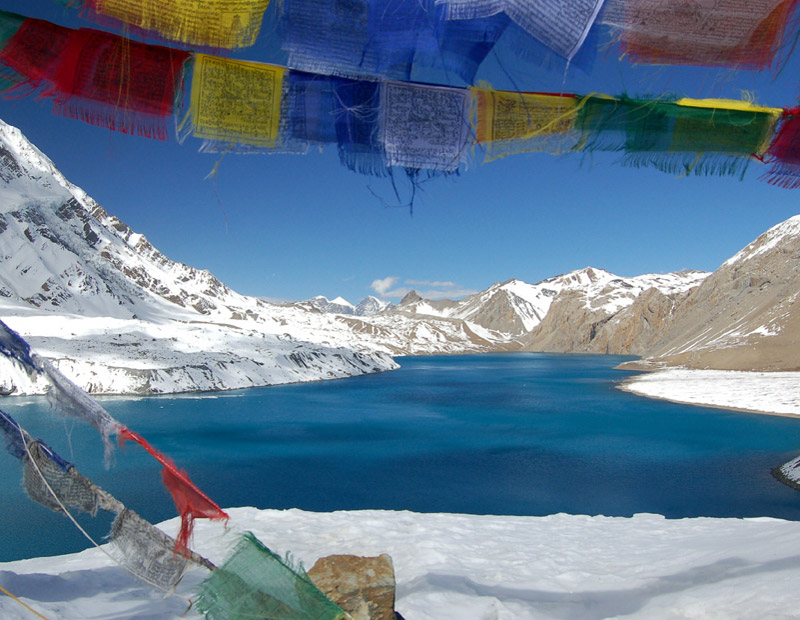
Getaway Nepal Adventure (P.) Ltd
Thamel Kathmandu, Nepal